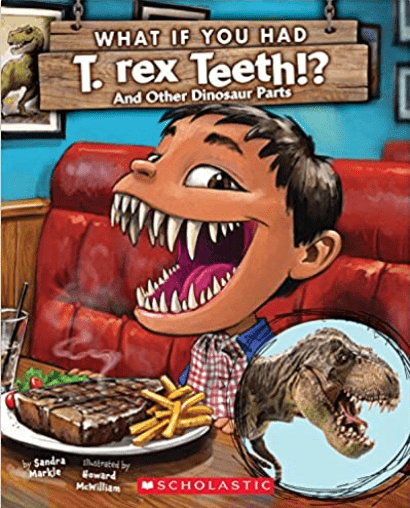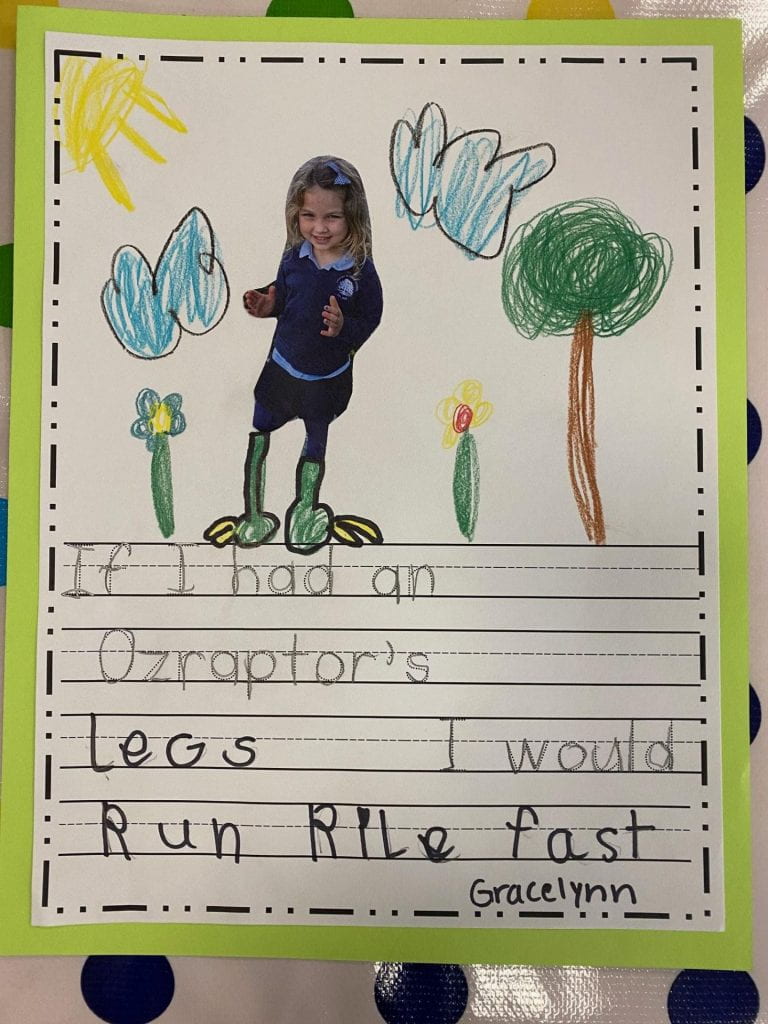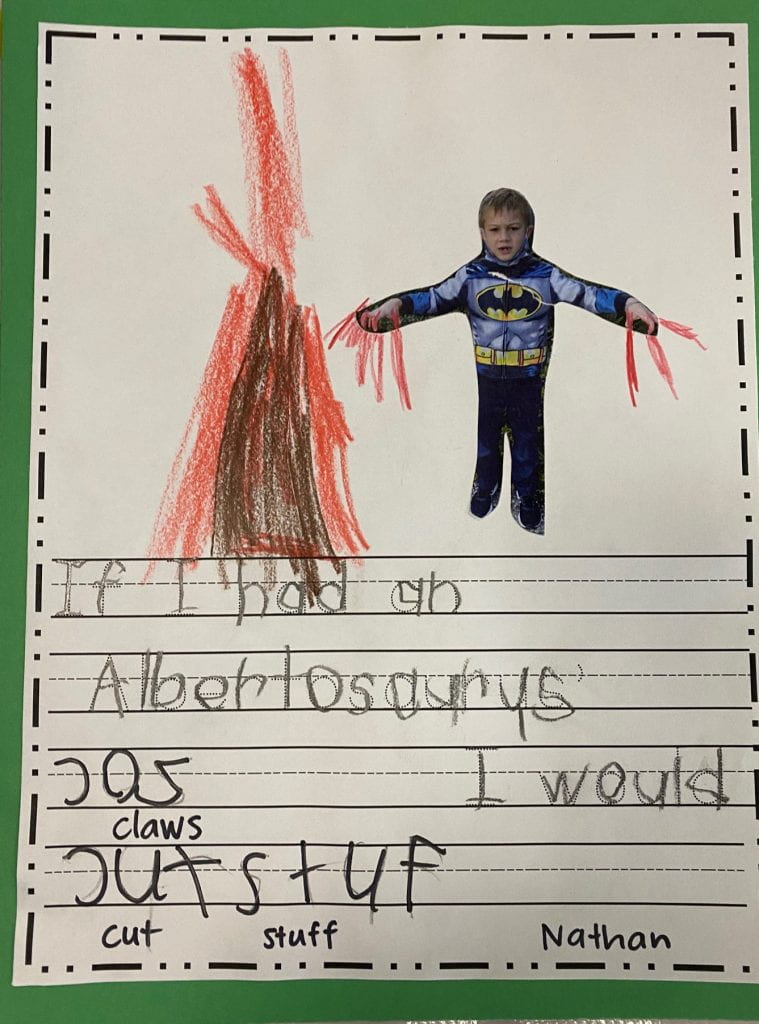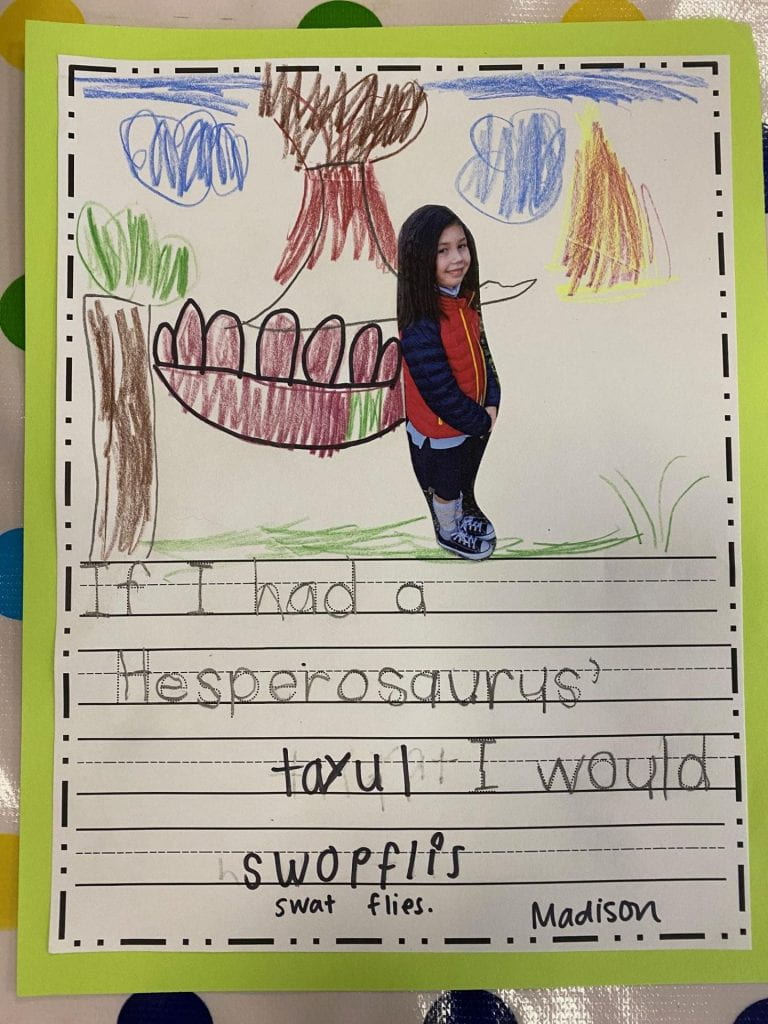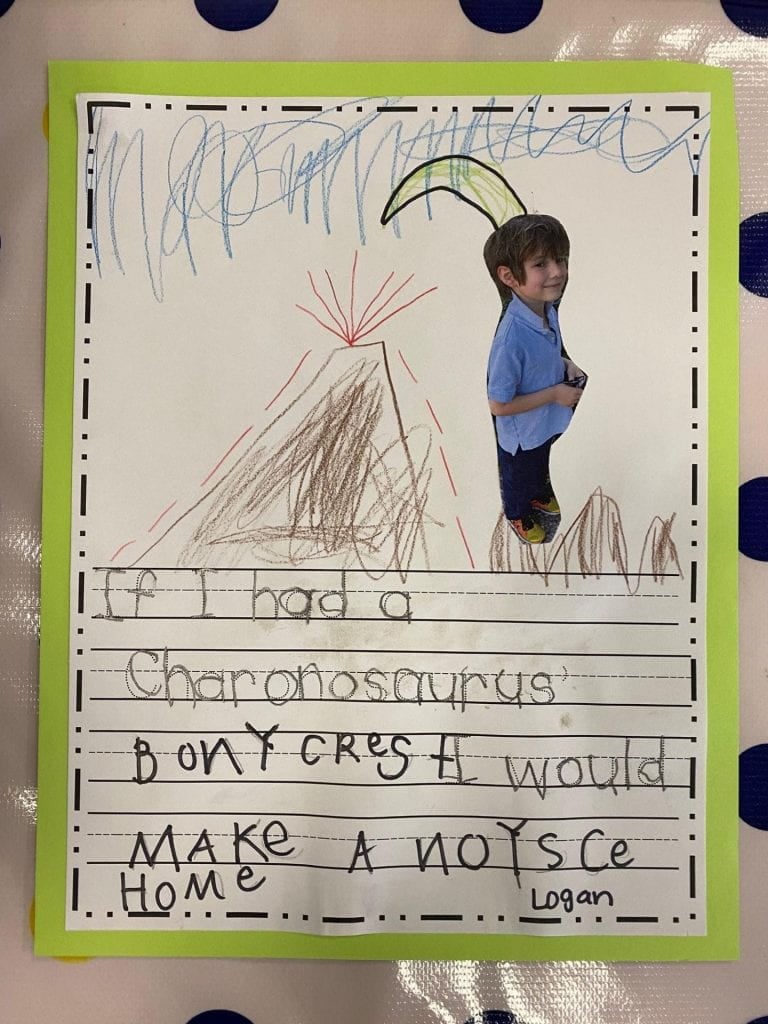As we were heading into the three-day weekend where we have Monday off to honor Martin Luther King, Jr., I felt compelled to help students understand why we have this day as a holiday. I began the lesson by reading the book:
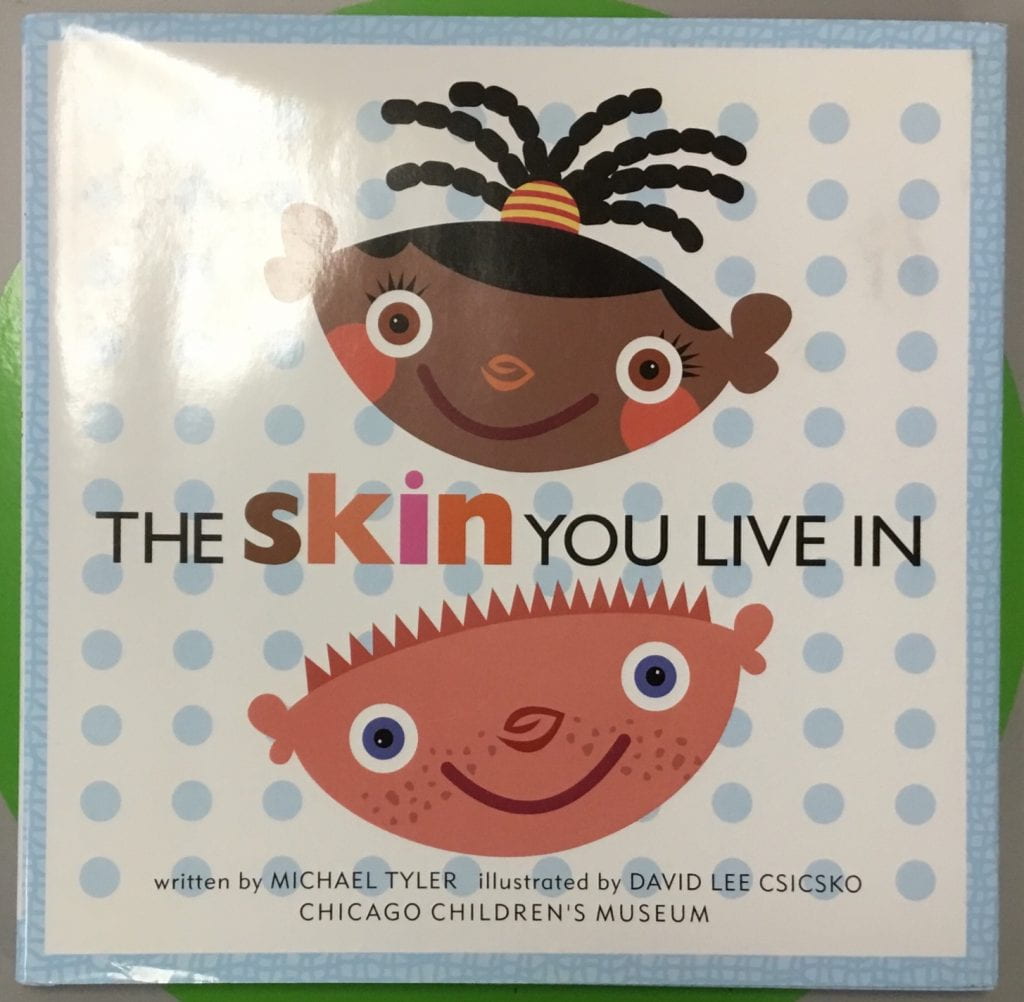
From Amazon: With the ease and simplicity of a nursery rhyme, this lively story delivers an important message of social acceptance to young readers. Themes associated with child development and social harmonies, such as friendship, acceptance, self-esteem, and diversity, are promoted in simple and straightforward prose. Vivid illustrations of children’s activities for all cultures, such as swimming in the ocean, hugging, catching butterflies, and eating birthday cake, are also provided. This delightful picturebook offers a wonderful venue through which parents and teachers can discuss important social concepts with their children.
I then told the students that we would not have school on Monday in honor of Dr. Martin Luther King, Jr. I asked if anyone had any information to share on Dr. King. One student raised his hand, and he said, “He wanted all people to be treated equally.” I asked the student to expand upon that thought. What does it mean to be treated equally? The student told the class that people who had black skin had to drink from different water fountains and had to ride in the back of the bus or on a different bus entirely. “Yes,” I said, “Dr. King gathered peacefully to educate people that one’s skin color does not matter. Everyone deserves to have equal access to water fountains, buses, education, and so much more.”
To further illustrate this idea that what we see on the outside does not make us who we are on the inside, I used an activity that I was given during our last professional development day earlier this month. In fact, in our PLC (Professional Learning Community) group, it had been my turn to present. Each of our presentations this year has a DEI (Diversity Equity and Inclusion) focus. I wanted to discuss creative and innovative ways to integrate people of color into my curriculum. With an already full schedule, I was finding it challenging to attain this goal in meaningful ways. I strived to do more than read a book authored by a person of color or that has a Black main character. I also wanted to teach the students about Black leaders who have made a difference, including artists, musicians, scientists, writers, doctors, and more. My colleagues brainstormed many ideas with me, and I am thrilled with the innovative lessons and collaboration ideas we discussed.
One of the lessons a colleague suggested involved showing the students two different colored eggs to illustrate that people are like eggs…different colors on the outside but the same on the inside. Because my family has 13 pet chickens, I decided to bring in all the colored eggs laid daily in our coop. Look at the beautiful range of colors:
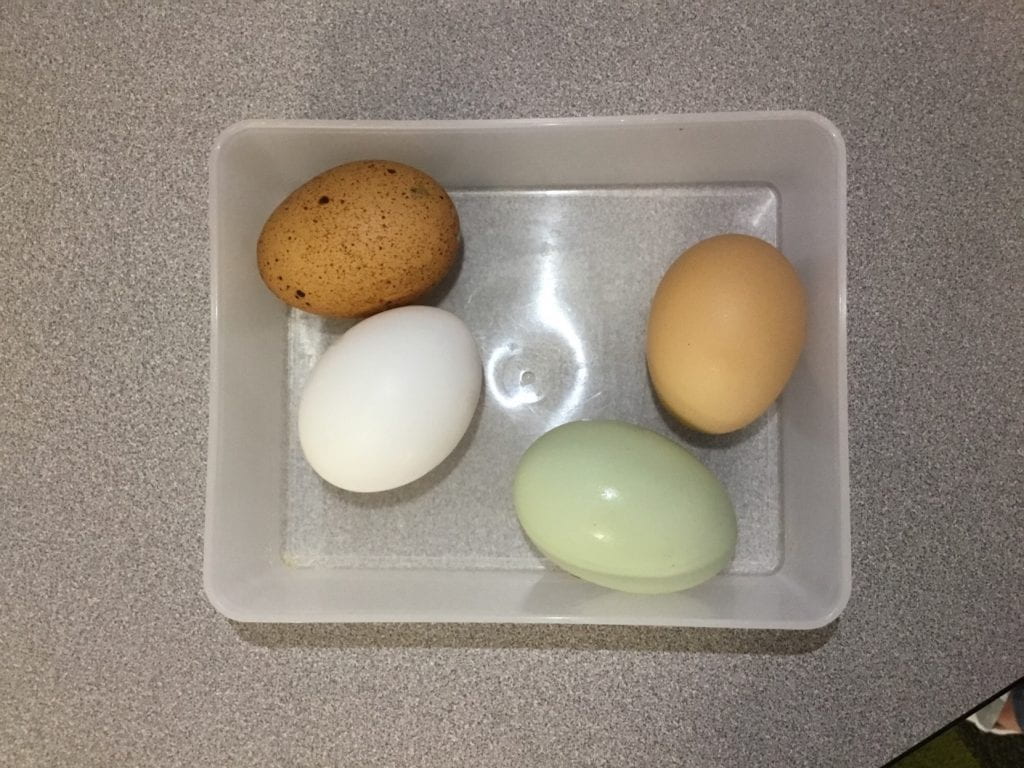
When I began the lesson, I asked the students to describe what they saw. They noticed that the eggs looked different, describing the colors that they saw. I had them choose two eggs to draw on their worksheet. Next, I carefully cracked each egg into a bowl. Here is what we saw:
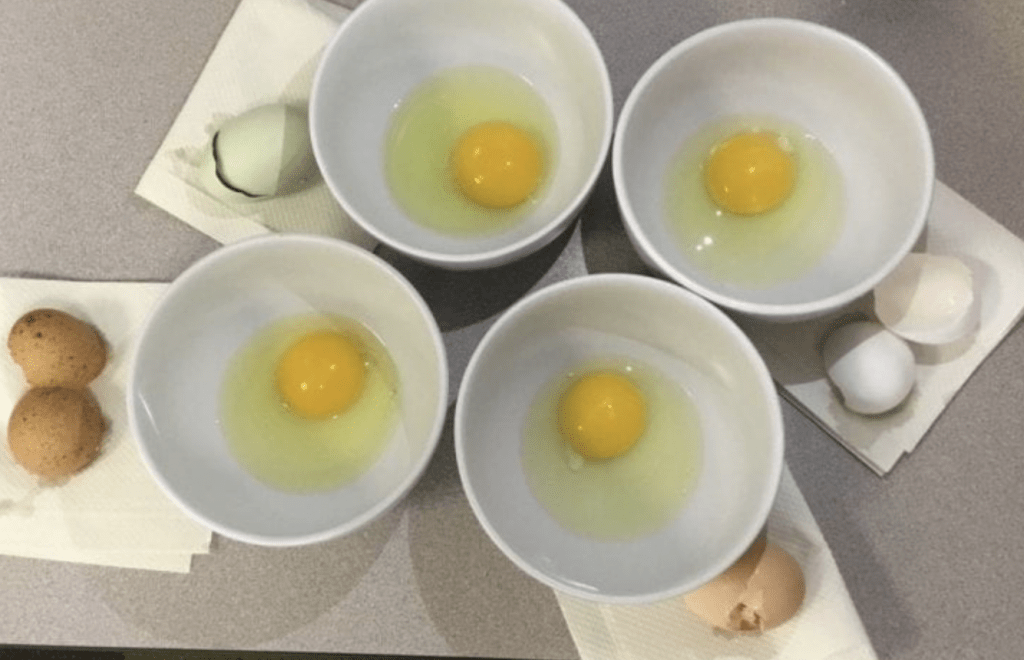
“Mrs. Delwiche!” one student exclaimed. “It’s just like us! We might look different on the outside, but on the inside, we are all the same!” I could not have said it better! There was so much excitement in the air as the children recorded their findings.

Each week for the next month and a half, I plan to introduce a Black leader who has impacted our lives today. These leaders range from scientists to artists to athletes to t.v. personalities. I have compiled mini books that share information about these leaders in a kindergarten appropriate way. I know the students will be excited to learn through this collection of mini books.
